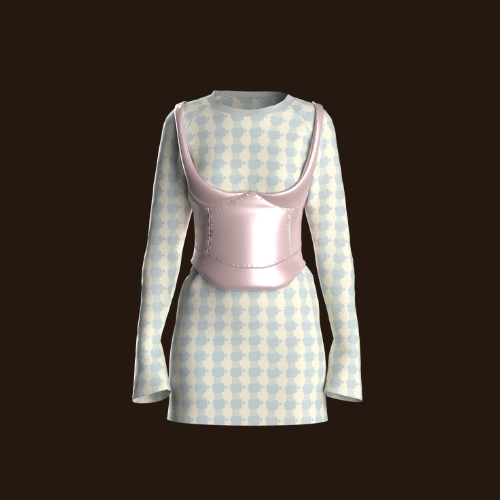
How 3D Sampling Is Redefining the Way We Design, Test, and Communicate Fashion
3D sampling is rapidly transforming the fashion industry — reshaping how garments are imagined, developed, and delivered. What once required cutting fabric, sewing physical samples, and shipping garments back and forth can now be done virtually. Through digital sampling and virtual prototyping, designers can test ideas, materials, and patterns without physical waste — saving both time and resources.
With 3D sampling, fashion brands can create digital garments that look and behave like real ones, optimizing design processes while committing to sustainability.
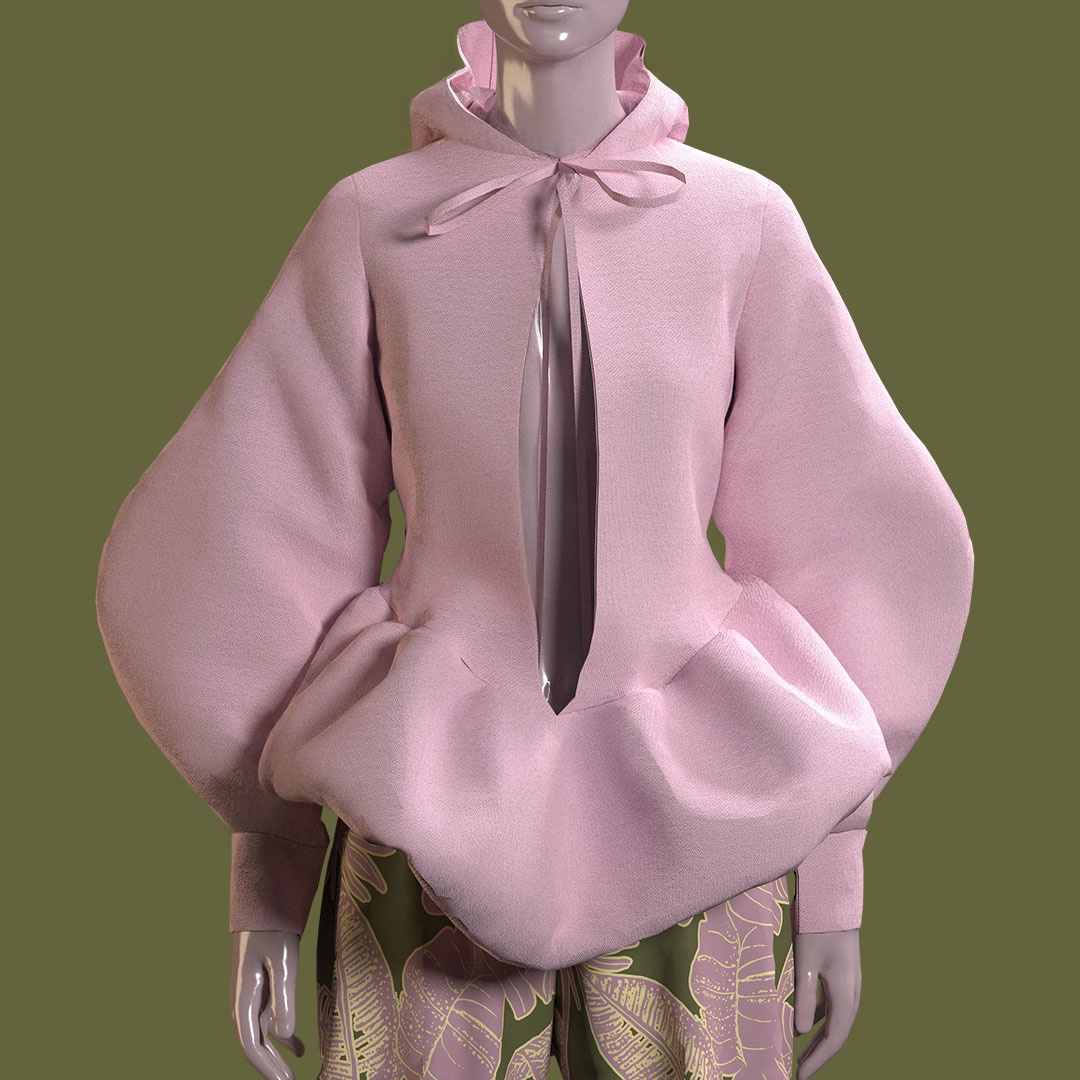
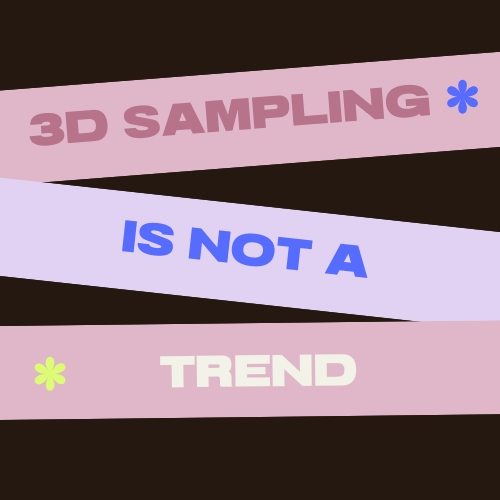
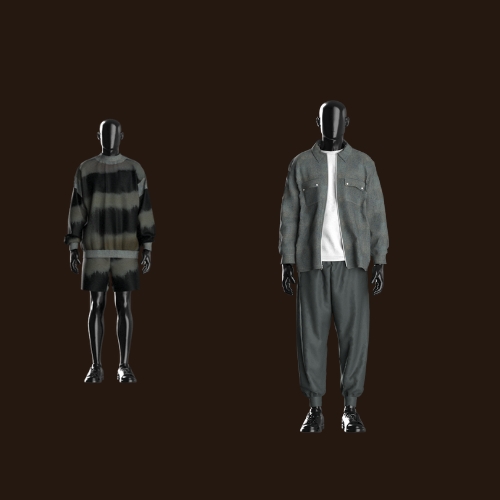
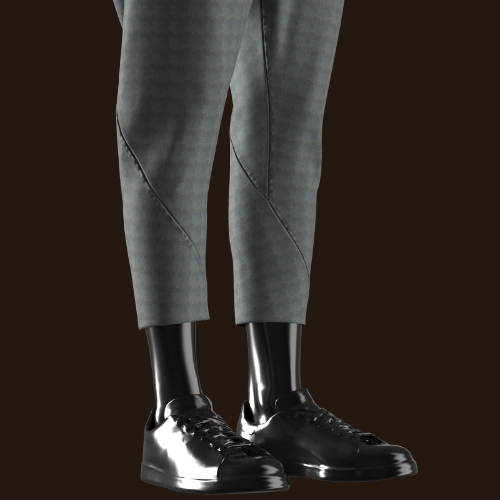
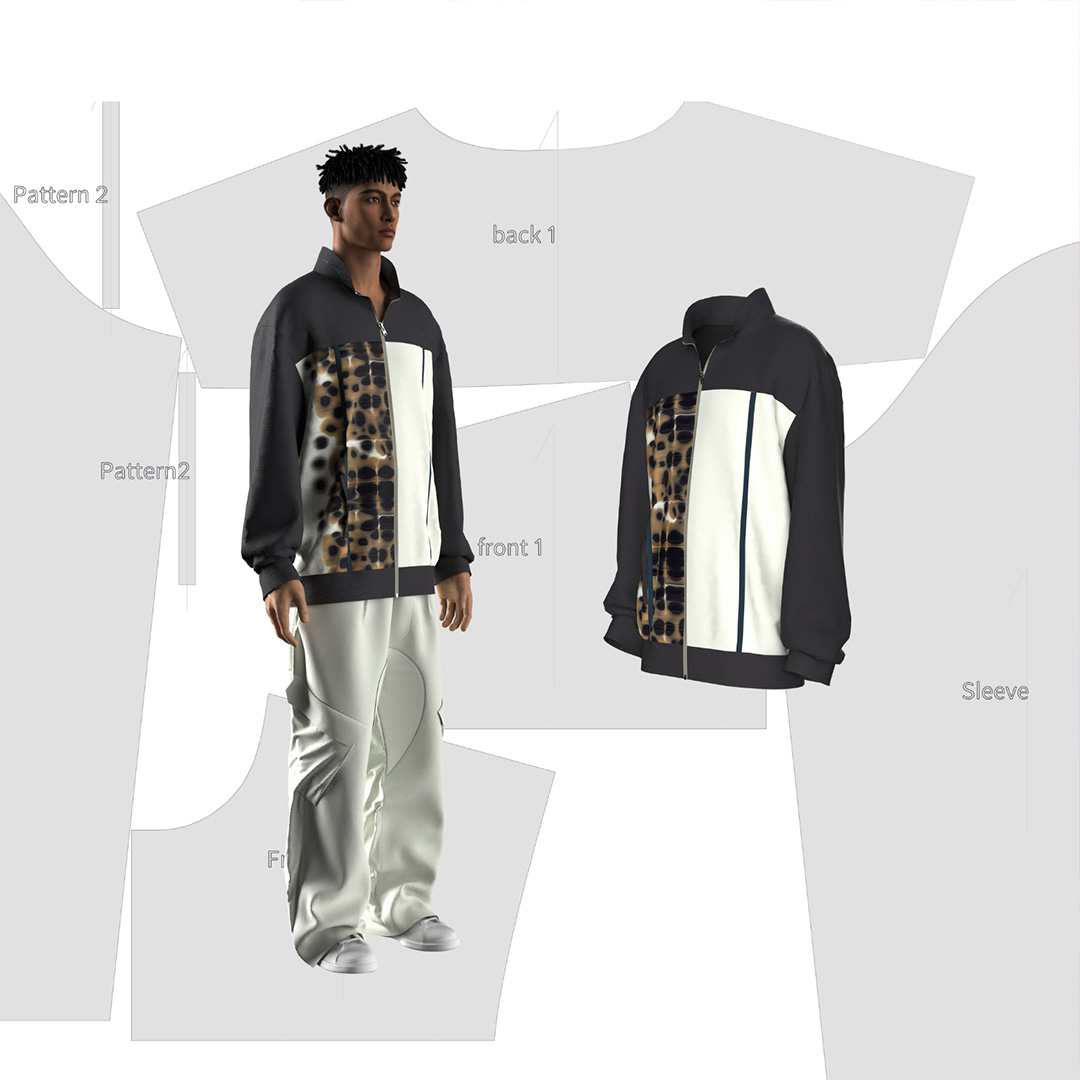
Recent Comments